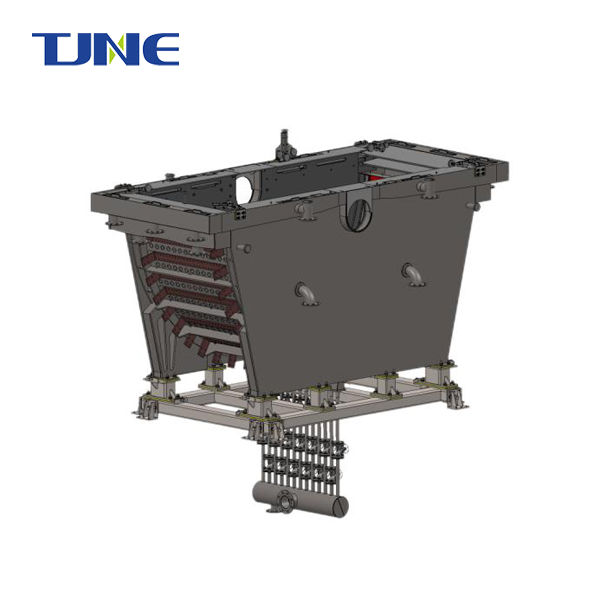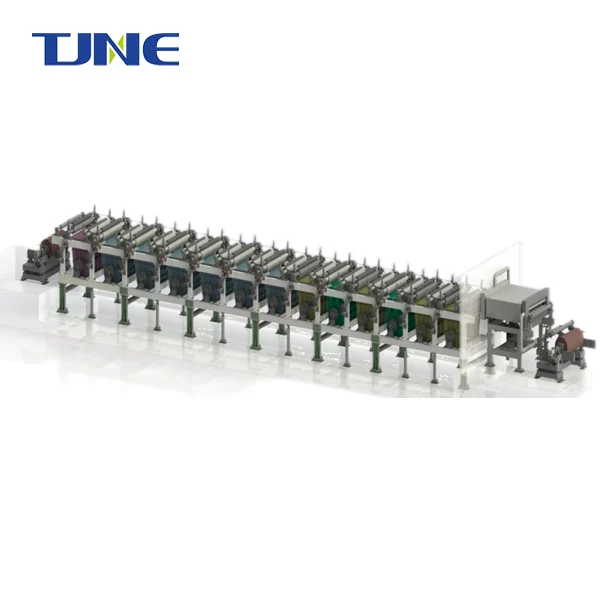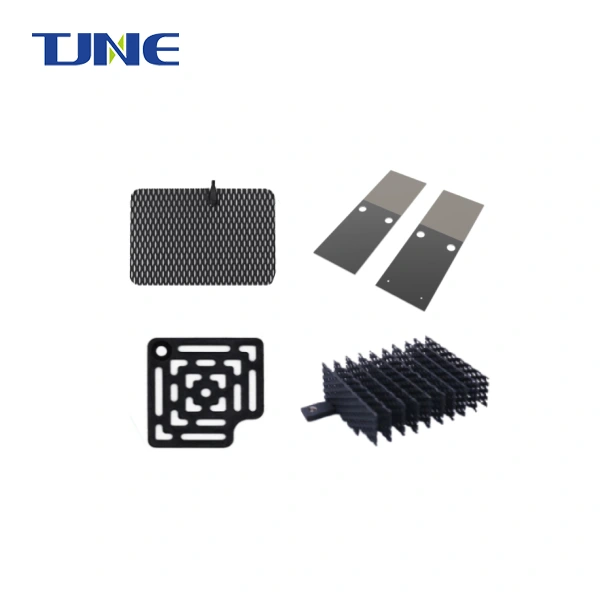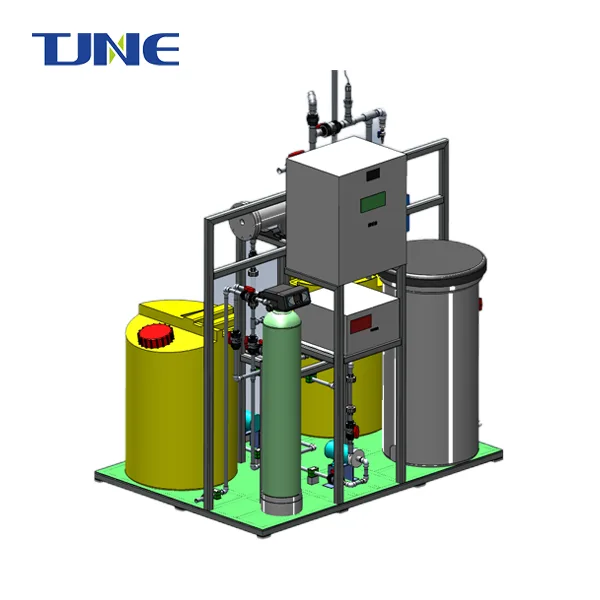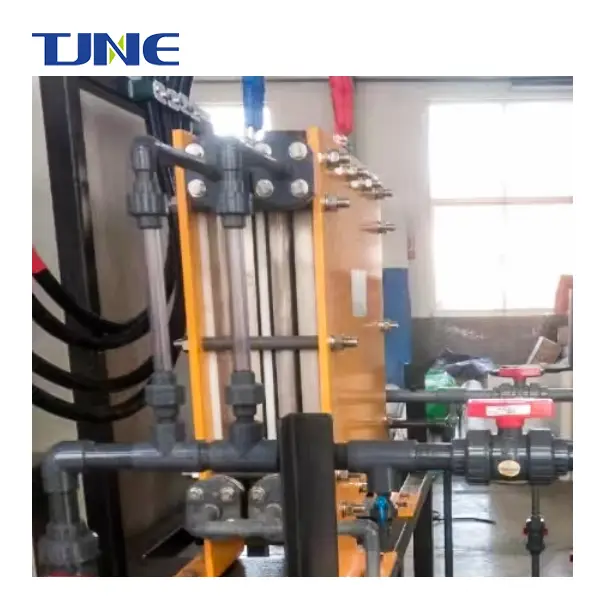- English
- French
- German
- Portuguese
- Spanish
- Russian
- Japanese
- Korean
- Arabic
- Greek
- German
- Turkish
- Italian
- Danish
- Romanian
- Indonesian
- Czech
- Afrikaans
- Swedish
- Polish
- Basque
- Catalan
- Esperanto
- Hindi
- Lao
- Albanian
- Amharic
- Armenian
- Azerbaijani
- Belarusian
- Bengali
- Bosnian
- Bulgarian
- Cebuano
- Chichewa
- Corsican
- Croatian
- Dutch
- Estonian
- Filipino
- Finnish
- Frisian
- Galician
- Georgian
- Gujarati
- Haitian
- Hausa
- Hawaiian
- Hebrew
- Hmong
- Hungarian
- Icelandic
- Igbo
- Javanese
- Kannada
- Kazakh
- Khmer
- Kurdish
- Kyrgyz
- Latin
- Latvian
- Lithuanian
- Luxembou..
- Macedonian
- Malagasy
- Malay
- Malayalam
- Maltese
- Maori
- Marathi
- Mongolian
- Burmese
- Nepali
- Norwegian
- Pashto
- Persian
- Punjabi
- Serbian
- Sesotho
- Sinhala
- Slovak
- Slovenian
- Somali
- Samoan
- Scots Gaelic
- Shona
- Sindhi
- Sundanese
- Swahili
- Tajik
- Tamil
- Telugu
- Thai
- Ukrainian
- Urdu
- Uzbek
- Vietnamese
- Welsh
- Xhosa
- Yiddish
- Yoruba
- Zulu
Electrodeposited titanium electrodes have gained significant attention in recent years due to their potential applications in various fields, particularly in relation to cobalt. These electrodes offer unique properties that make them valuable for a range of industrial and research purposes. This blog post will explore the applications of electrodeposited titanium electrodes for cobalt, discussing their advantages, preparation methods, and potential impact on different sectors.
How are electrodeposited titanium electrodes prepared for cobalt applications?
The preparation of electrodeposited titanium electrodes for cobalt applications involves a sophisticated process that combines electrochemistry and materials science. The first step typically involves preparing a suitable substrate, often a conductive material like stainless steel or copper. This substrate is carefully cleaned and treated to ensure optimal adhesion of the titanium coating.
The electrodeposition process itself is carried out in an electrolyte bath containing titanium ions. The substrate acts as the cathode, while a titanium anode is used to supply the metal ions. By applying an electric current, titanium ions are reduced and deposited onto the cathode surface, forming a thin, uniform layer of titanium.
One of the key challenges in this process is controlling the deposition parameters to achieve the desired properties of the titanium coating. Factors such as current density, electrolyte composition, temperature, and deposition time all play crucial roles in determining the final characteristics of the electrode. Researchers and engineers often employ advanced techniques like pulse electrodeposition or the addition of specific additives to the electrolyte to enhance the quality and performance of the deposited titanium layer.
Once the titanium layer is deposited, post-treatment processes may be applied to further improve its properties. These can include heat treatment to enhance crystallinity, surface modification to improve catalytic activity, or the addition of other elements to create composite coatings.
For cobalt-specific applications, the electrodeposited titanium electrodes may undergo additional modifications. This could involve the deposition of a thin cobalt layer on top of the titanium, creating a bi-metallic electrode, or the incorporation of cobalt ions into the titanium matrix during the electrodeposition process to form a titanium-cobalt alloy coating.
The preparation of these electrodes requires precise control and optimization of various parameters to achieve the desired surface morphology, thickness, and composition. Advanced characterization techniques such as scanning electron microscopy (SEM), X-ray diffraction (XRD), and electrochemical impedance spectroscopy (EIS) are often employed to analyze the properties of the prepared electrodes and ensure their suitability for cobalt-related applications.
What are the advantages of using electrodeposited titanium electrodes in cobalt extraction?
Electrodeposited titanium electrodes offer several significant advantages in cobalt extraction processes, making them an attractive option for the mining and metallurgical industries. These advantages stem from the unique properties of titanium and the specific characteristics imparted by the electrodeposition process.
One of the primary advantages is the enhanced corrosion resistance of electrodeposited titanium electrodes. Cobalt extraction often involves harsh chemical environments, including acidic or alkaline solutions. Titanium's natural ability to form a protective oxide layer is further enhanced by the controlled deposition process, resulting in electrodes that can withstand these aggressive conditions for extended periods. This increased durability translates to reduced maintenance costs and longer operational lifetimes for extraction equipment.
The electrodeposition process also allows for precise control over the surface morphology of the titanium electrodes. This can be tailored to maximize the active surface area, leading to improved efficiency in cobalt extraction processes. The increased surface area provides more sites for electrochemical reactions, potentially increasing the rate and yield of cobalt extraction.
Another significant advantage is the potential for improved selectivity in cobalt extraction. By carefully controlling the composition and structure of the electrodeposited titanium layer, it's possible to create electrodes with specific affinities for cobalt ions. This can help in separating cobalt from other metals present in ores or recycled materials, leading to higher purity outputs and more efficient extraction processes.
The use of electrodeposited titanium electrodes can also contribute to more environmentally friendly extraction methods. Their durability and efficiency can lead to reduced energy consumption and chemical usage in cobalt extraction processes. Additionally, the ability to fine-tune the electrode properties allows for the development of extraction methods that minimize waste generation and environmental impact.
From an economic perspective, while the initial cost of producing electrodeposited titanium electrodes may be higher than some alternatives, their long-term benefits often outweigh this initial investment. The extended lifespan, improved efficiency, and potential for process optimization can lead to significant cost savings over time.
Furthermore, the versatility of electrodeposited titanium electrodes makes them suitable for various cobalt extraction methods, including electrowinning, electrorefining, and electrochemical leaching. This adaptability allows mining and recycling operations to implement these electrodes across different stages of their processes, potentially streamlining operations and improving overall efficiency.
How do electrodeposited titanium electrodes impact the efficiency of cobalt-based batteries?
Electrodeposited titanium electrodes have shown promising potential in enhancing the efficiency and performance of cobalt-based batteries, particularly in the realm of lithium-ion batteries where cobalt is a crucial component. The impact of these electrodes on battery efficiency is multifaceted, affecting various aspects of battery performance and longevity.
One of the primary ways electrodeposited titanium electrodes impact battery efficiency is through improved electrode stability. In cobalt-based batteries, electrode degradation is a significant factor limiting battery life and performance. The use of electrodeposited titanium as a substrate or coating for cobalt-containing electrodes can significantly enhance their structural stability. The titanium layer acts as a protective barrier, reducing the dissolution of cobalt into the electrolyte and mitigating issues like capacity fading and increased internal resistance.
The controlled surface morphology of electrodeposited titanium electrodes also plays a crucial role in battery efficiency. By tailoring the deposition parameters, it's possible to create electrodes with optimized porosity and surface area. This enhanced surface structure facilitates better ion transport and electron transfer, leading to improved charge-discharge rates and overall battery performance. The increased active surface area can also allow for higher loading of cobalt-containing active materials, potentially increasing the energy density of the battery.
Another significant impact is on the thermal management of batteries. Cobalt-based batteries, especially when used in high-power applications, can generate significant heat during operation. Electrodeposited titanium electrodes, with their excellent thermal conductivity, can help in more efficient heat dissipation. This improved thermal management can lead to enhanced safety, longer battery life, and the ability to operate at higher power outputs without compromising efficiency.
The use of electrodeposited titanium electrodes can also contribute to the development of more advanced battery architectures. For instance, they can serve as an excellent substrate for creating 3D electrode structures or as a component in composite electrodes. These advanced architectures can lead to batteries with higher energy and power densities, faster charging capabilities, and improved cycle life.
Furthermore, the corrosion resistance of electrodeposited titanium electrodes contributes to the long-term stability of cobalt-based batteries. By reducing corrosion-related degradation, these electrodes help maintain the battery's performance over extended periods, leading to improved cycle life and reliability.
The impact of electrodeposited titanium electrodes extends beyond just the cathode. In some battery designs, they can be used to enhance the performance of the anode or serve as current collectors. This versatility allows for comprehensive optimization of the battery structure, potentially leading to significant improvements in overall battery efficiency and performance.
It's worth noting that the integration of electrodeposited titanium electrodes in cobalt-based batteries is an area of ongoing research. Scientists and engineers are continually exploring new deposition techniques, composite materials, and electrode designs to further enhance the synergy between titanium electrodes and cobalt-based active materials. This research holds the promise of developing next-generation batteries with even higher efficiency, longer lifespans, and improved safety profiles.
In conclusion, the applications of electrodeposited titanium electrodes for cobalt span a wide range of fields, from industrial extraction processes to advanced energy storage technologies. Their unique properties, including corrosion resistance, controllable surface morphology, and excellent conductivity, make them valuable components in various cobalt-related applications. As research in this area continues to advance, we can expect to see further innovations and improvements in the use of electrodeposited titanium electrodes, potentially revolutionizing cobalt extraction methods and battery technologies. The ongoing development in this field holds great promise for more efficient, sustainable, and high-performance cobalt-based technologies in the future.
If you are interested in the products of Xi'an Taijin New Energy Technology Co., Ltd., please contact yangbo@tjanode.com.
References:
1. Zhang, X., et al. (2020). "Electrodeposition of titanium-based coatings for corrosion protection: A review." Journal of Alloys and Compounds, 821, 153486.
2. Wang, J., et al. (2019). "Electrodeposited titanium dioxide for dye-sensitized solar cells: A review." Journal of Power Sources, 412, 406-426.
3. Liu, Y., et al. (2018). "Electrodeposition of titanium dioxide and its applications in energy storage devices." Chemical Engineering Journal, 344, 506-520.
4. Chen, Q., et al. (2017). "Electrodeposition of Titanium Oxide and Its Applications in Photoelectrocatalysis: A Review." Critical Reviews in Solid State and Materials Sciences, 42(2), 129-157.
5. Azumi, K., et al. (2016). "Electrodeposition of Titanium from Aqueous Solutions." Encyclopedia of Interfacial Chemistry, 504-518.
6. Walsh, F.C., et al. (2015). "Electrodeposition of titanium composite coatings." Transactions of the IMF, 93(3), 147-153.
7. Hanzu, I., et al. (2014). "Electrodeposition of Titanium Oxides: Mechanistic Aspects and Electronic Properties." ECS Transactions, 61(20), 1-9.
8. Datta, M., et al. (2013). "Electrodeposition of titanium and its alloys." Electrochemical Technologies for Energy Storage and Conversion, 1, 407-458.
9. Karuppuchamy, S., et al. (2012). "Cathodic electrodeposition of oxide semiconductor thin films and their application to dye-sensitized solar cells." Solid State Ionics, 201(1), 41-49.
10. Kuo, Y.L., et al. (2011). "Electrodeposition of titanium nitride for ULSI applications." Thin Solid Films, 519(20), 6723-6728.






